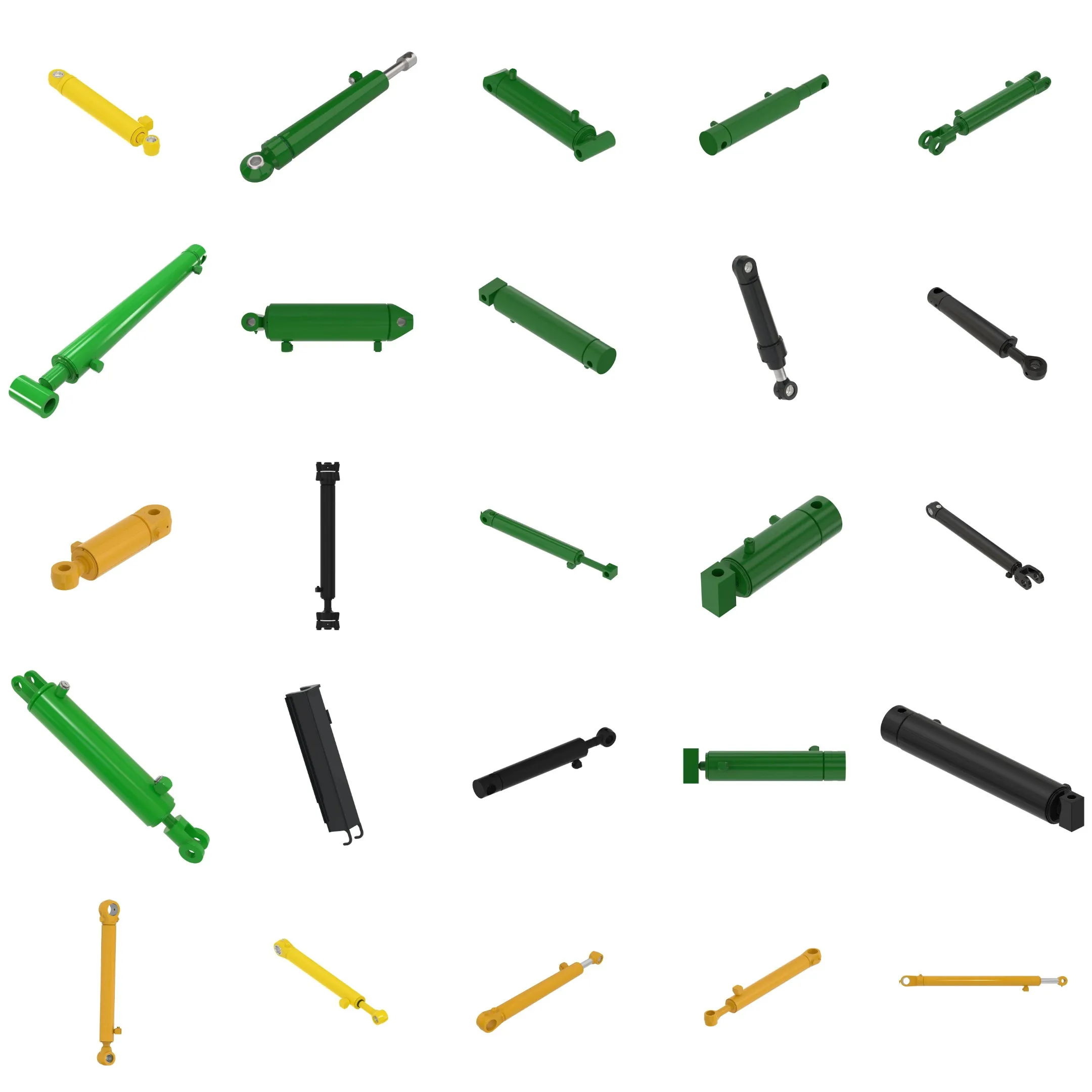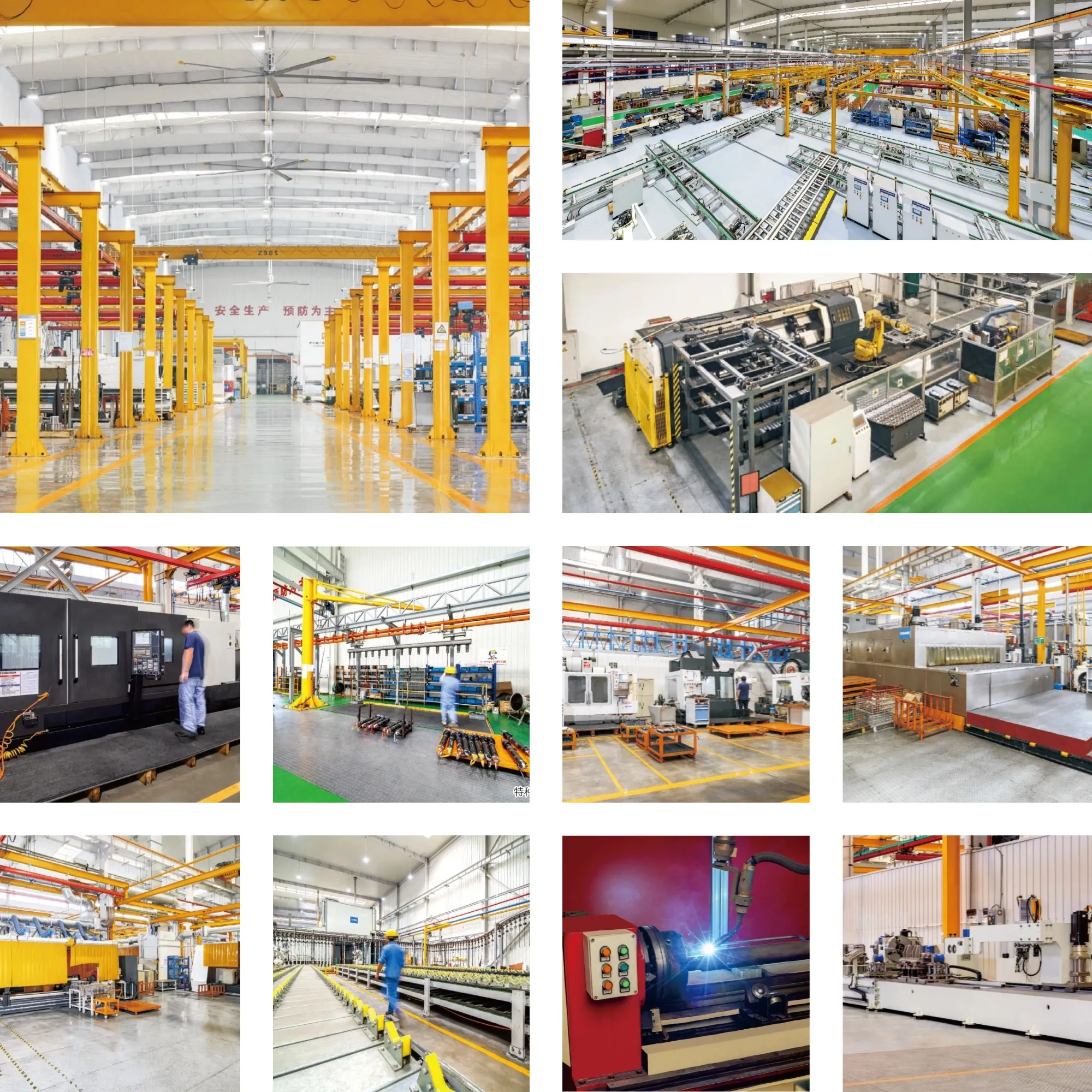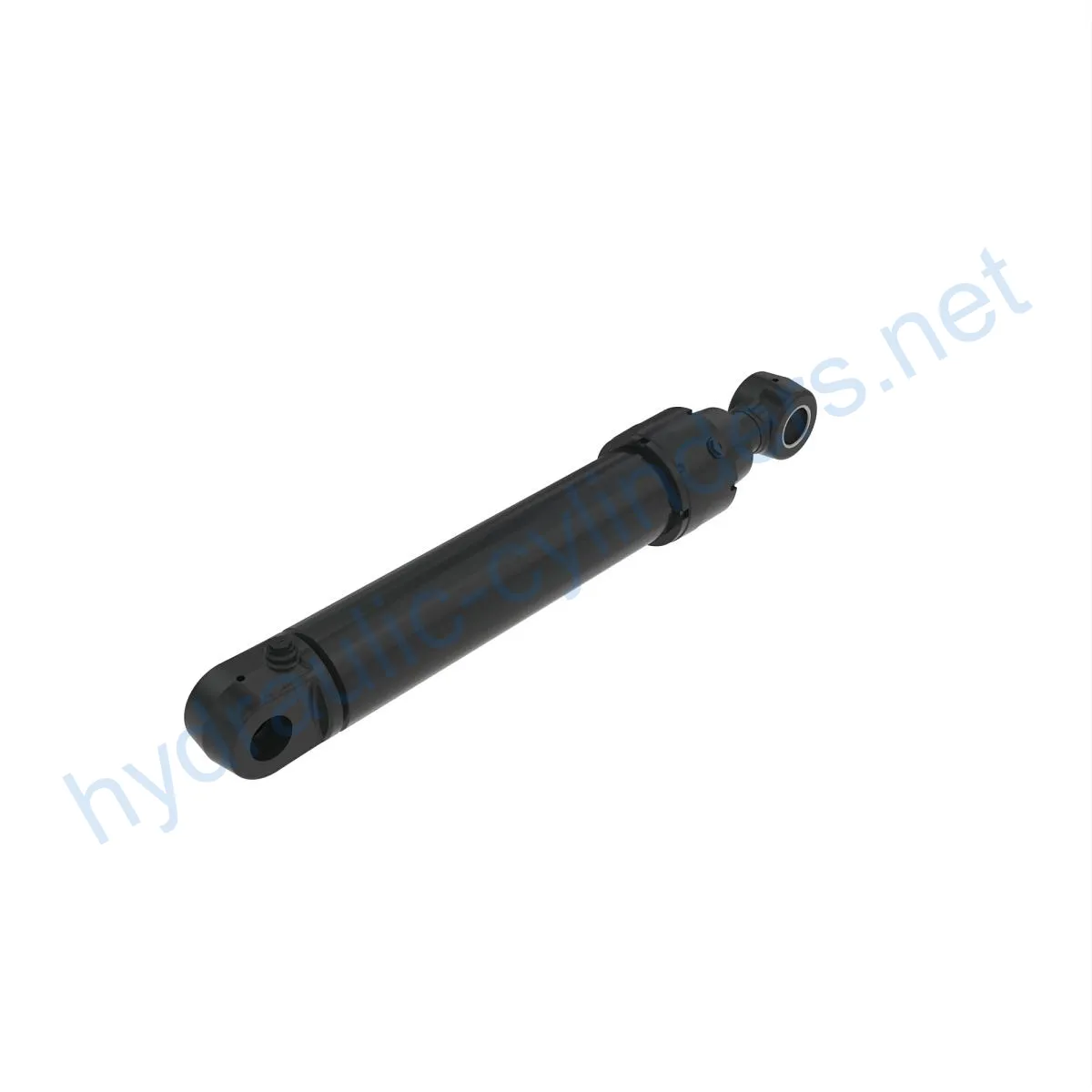Replacement Of AHC14429 Hydraulic Cylinder
Як один з виробників, постачальників та експортерів механічних виробів, ми пропонуємо гідравлічні циліндри та багато інших продуктів.
Будь ласка, зв'яжіться з нами для уточнення деталей.
Пошта:sales@hydraulic-cylinders.net
Виробник, постачальник, експортер гідравлічних циліндрів.
Replacement Of AHC14429 Hydraulic Cylinder
The Replacement Of AHC14429 Hydraulic Cylinder is a vital component used in various models, including 310J, 310K, 310K EP, 310L, and 310L EP. This hydraulic cylinder plays a crucial role in the efficient operation of equipment, ensuring optimal performance in a wide range of applications.
Specifications
- Weight: 135.21 lb
- Height: 6.5 in
- Length: 40 in
Features
- Improved Equipment Performance: Replacing damaged or worn hydraulic cylinders restores the normal operational capabilities of equipment, ensuring optimal performance in various applications.
- Enhanced Safety: Regularly replacing hydraulic cylinders reduces safety risks associated with cylinder failures, ensuring the safety of operators and equipment.
- Overload Protection: New cylinder designs often incorporate better overload protection mechanisms, enhancing overall safety.
- Quick Installation: Modern hydraulic cylinders are designed for easy installation and replacement, minimizing downtime.
- Standardized Components: Many hydraulic cylinders are standardized, making it convenient to obtain replacement parts in the market.
We specialize in manufacturing replacement hydraulic cylinders that perfectly match the specifications of the mentioned models. Our products are an ideal replacement for these hydraulic cylinders.
Applications
Here are three examples of the hydraulic cylinder’s applications:
- Excavators: The hydraulic cylinder on excavator arms or buckets may suffer damage due to prolonged use or overload. Replacing it restores normal operation.
- Cranes: Hydraulic cylinders on crane boom arms can wear out due to frequent lifting and lowering, requiring regular replacement to ensure safety.
- Tractors: Front-end loader hydraulic cylinders on tractors may develop leaks or experience decreased performance during continuous lifting and tilting operations, necessitating replacement.
Maintenance Tasks
To ensure optimal performance and longevity, the following maintenance tasks are recommended:
- Regular Inspections: Periodically inspect the hydraulic cylinder for any signs of damage, wear, or leakage.
- Proper Lubrication: Apply appropriate amounts of hydraulic oil to ensure smooth operation and reduce friction.
- Seal Replacement and Calibration Checks: Replace worn-out seals and periodically check the calibration to maintain optimal performance.
Safety Considerations and Environmental Factors
When using hydraulic cylinders, it is crucial to prioritize safety measures. Proper handling, maintenance, and disposal of hydraulic components are important to prevent accidents and minimize environmental impact.
Troubleshooting and Common Issues
Here are some troubleshooting tips and solutions for common issues related to hydraulic cylinders:
- Leakage: Check for damaged seals or connections and replace them if necessary.
- Slow Operation: Inspect the hydraulic system for blockages or low oil levels. Ensure proper lubrication.
- Erratic Movement: Check for air in the system, damaged valves, or misalignment. Bleed air if needed and inspect the valves for any issues.
Preventive Measures
To minimize potential problems, it is important to:
- Perform regular maintenance tasks as outlined earlier.
- Follow recommended installation procedures, ensuring proper alignment and the use of suitable support brackets for stability.
- Adhere to recommended inspection, repair, and replacement procedures.
- Take advantage of our replacement parts and rebuilding services to extend the lifespan of your hydraulic cylinder.

Design Considerations and Selection Criteria
When choosing a hydraulic cylinder, it is essential to consider the following design aspects:
- Load-bearing Capacity: Ensure the hydraulic cylinder is rated to handle the required load.
- Sealing and Durability: Opt for seals made from wear-resistant materials like polyurethane and nitrile rubber. The cylinder body and threaded ends should undergo proper surface treatment to enhance wear resistance.
- Safety and Maintenance: Select cylinders with built-in safety features and ease of maintenance.
Sealing and Lubrication
Hydraulic cylinders incorporate various sealing components, such as piston seals and rod seals, made from durable materials like polyurethane. Regular lubrication with appropriate hydraulic oil is necessary to ensure smooth operation and reduce wear.
Regular Inspection and Preventive Maintenance
Regular inspection and proactive maintenance are crucial for optimal performance and longevity. It is important to follow proper installation, lubrication, and adjustment procedures. Additionally, provide correct alignment guidance during the installation process, recommend the use of suitable mounting brackets to secure the cylinder, and advise on inspection, repair, and replacement procedures. We also offer replacement parts and rebuilding services to enhance the longevity of our hydraulic cylinders.
Safety Considerations and Environmental Factors
When using hydraulic cylinders, it is important to prioritize safety measures and consider environmental factors. Strict adherence to safety protocols and proper disposal of hydraulic components is essential for minimizing risks and environmental impact.
Troubleshooting and Common Issues
Here are some troubleshooting tips and solutions for common hydraulic cylinder issues:
- Leakage: Inspect seals, connections, and fittings for potential leaks. Replace damaged or worn components as necessary.
- Slow Operation: Check hydraulic fluid levels, filters, and valves for any obstructions or clogs. Ensure proper lubrication.
- Erratic Movement: Check for air in the system, misaligned components, or damaged valves. Bleed air if required and inspect valves for any issues.

Installation Guide
For proper installation of the hydraulic cylinder, please follow these guidelines:
- Ensure the mounting surface is clean and free from debris.
- Align the cylinder correctly with the equipment, following the manufacturer’s instructions.
- Use appropriate mounting brackets or supports to secure the cylinder firmly.
- Tighten all connections according to the specified torque values.

About Our Company
We are a leading manufacturer and wholesale distributor of replacement hydraulic cylinders, offering a comprehensive range of products. Our company stands out in the domestic and international markets as a trusted provider of high-quality hydraulic cylinders.
Our Expertise
- International certifications: Our products meet industry standards
Take a Tour of Our VR Factory:
Take a tour of our VR factory with the following
How Does Forklift Hydraulic Cylinder Work?
Hydraulic Cylinder Application:


